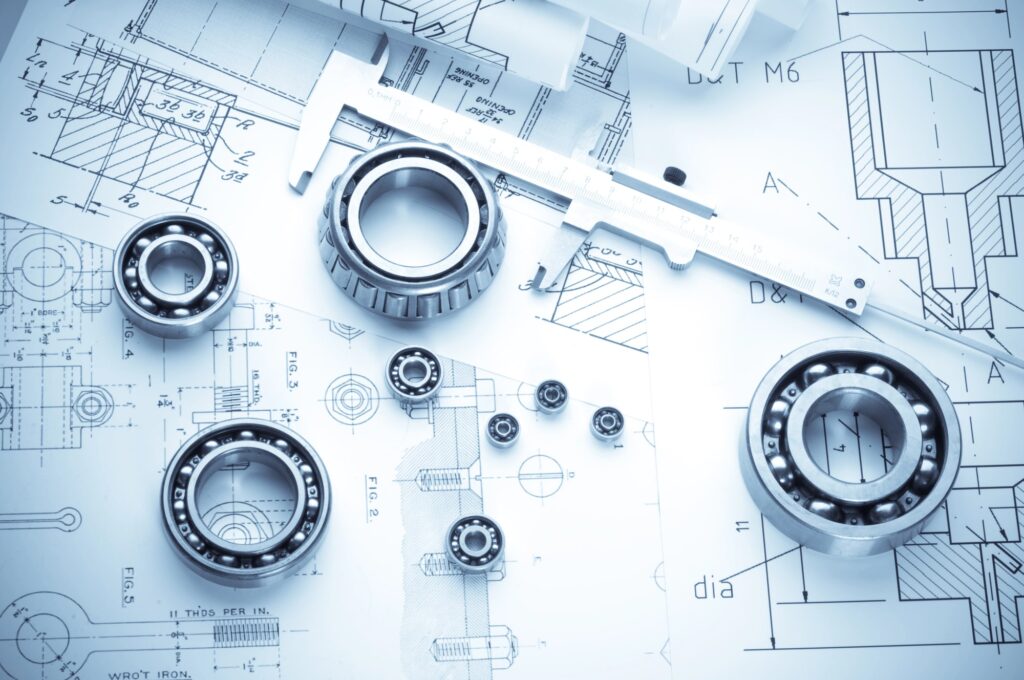This post examines Manchester United’s recently unveiled proposal for a new, landmark stadium — a bold £2bn plan for a 100,000‑seat arena designed by Lord Norman Foster.
I’ll break down the design ambitions, the financial upside suggested by the club’s backer Sir Jim Ratcliffe, the practical obstacles that typically accompany mega‑stadium builds, and how this proposal compares to other recent high‑profile stadium projects in Europe and the US.
Why this proposed stadium matters to architecture, sport and the city
The scheme is significant on several fronts: it is a major piece of sports infrastructure and a potential economic engine for matchday and non‑matchday revenues.
It is also an urban landmark proposed by one of the world’s best‑known architects. At 100,000 seats and an estimated headline cost of £2bn, the proposal would reshape Manchester United’s physical and commercial identity.
Beyond sheer capacity, the plan promises an iconic silhouette — Foster describes it as aiming to be the “Wembley of the North”.
The project signals that the club’s ownership sees stadium design as a strategic lever in a long‑term transformation.
Design and architectural vision
Lord Norman Foster, whose past projects include London’s Gherkin and Apple Park in Cupertino, is proposing a canvassed roof structure supported by three spires.
The intention is to create a single, instantly recognisable landmark — a northern European counterpart to the Eiffel Tower in terms of civic symbolism.
Book Your Dream Vacation Today
Flights | Hotels | Vacation Rentals | Rental Cars | Experiences
This ambition raises a classic architectural debate: should stadiums prioritise visual spectacle and iconography, or retain the intimate, layered feel of a traditional English football ground?
Some practitioners argue that authenticity and matchday atmosphere can be diluted by monumentality, while supporters and owners may prize global brand impact.
Commercial upside — a transformative financial prospect
Proponents argue the economic case is compelling. Current matchday revenue for United is cited at £160m.
The new stadium could push that towards £250m annually, a leap that would outstrip domestic rivals and put United in the same league commercially as clubs like Real Madrid.
For Ratcliffe, who grew up locally and now owns a sizeable stake in the club, the stadium is framed as a legacy project.
It is seen as one that can define the club’s revenue streams and urban presence for generations.
Practical hurdles and financial realism
Despite the excitement, there are serious practical challenges that must be considered before breaking ground.
Historical patterns in mega‑infrastructure show a tendency for budgets to escalate and timetables to slip.
Supply chain volatility and labour shortages have already pushed up costs on recent stadium projects.
Those pressures are likely to impact any new Manchester build as well.
Context: Foster’s broader role in football architecture
Foster’s firm is also engaged with Manica on a separate, high‑profile project. This is a £1bn, 71,500‑seat redevelopment of San Siro for AC Milan and Inter.
The project emphasises sustainability and improved accessibility. It also aims to enhance the fan experience.
These commissions place Foster at the forefront of a new generation of European football architecture. Their approach blends iconography with operational performance.
Comparisons are inevitable. The proposed Manchester scheme would rank among the most expensive stadiums globally.
It would be behind SoFi Stadium in Los Angeles (approx. $5.5bn) and more costly than Tottenham Hotspur’s development. This demonstrates that ambition comes with significant financial exposure.
Here is the source article for this story: After teasing Old Trafford 2.0, Man United architect reveals new £1bn plan for globally-iconic stadium
Book Your Dream Vacation Today
Flights | Hotels | Vacation Rentals | Rental Cars | Experiences

